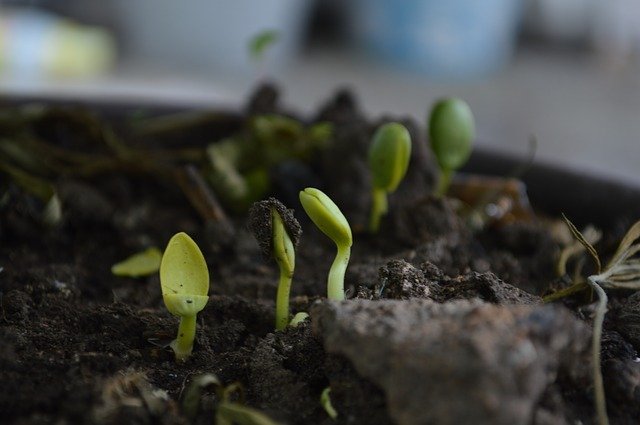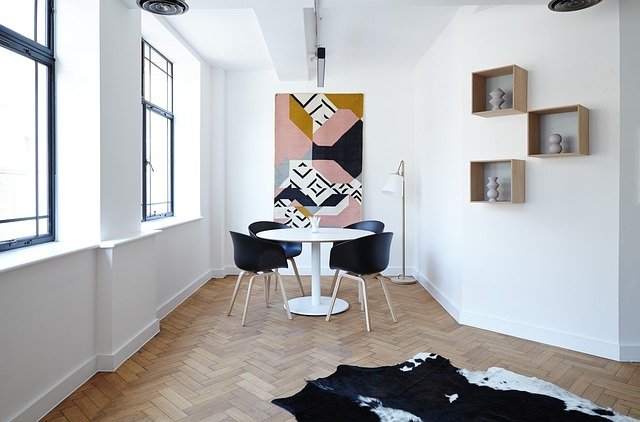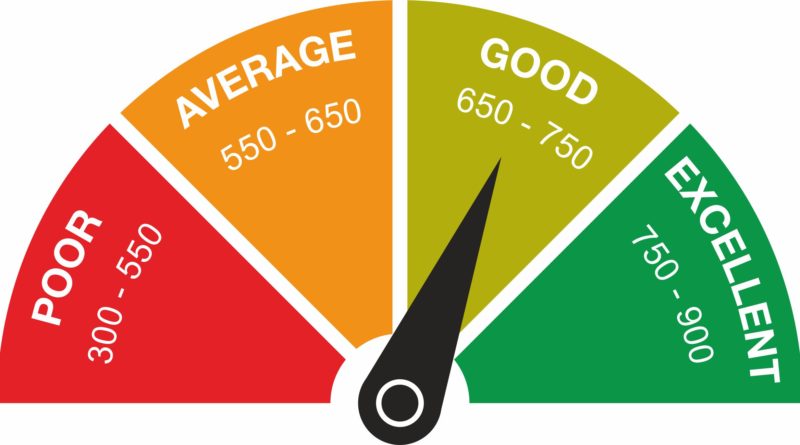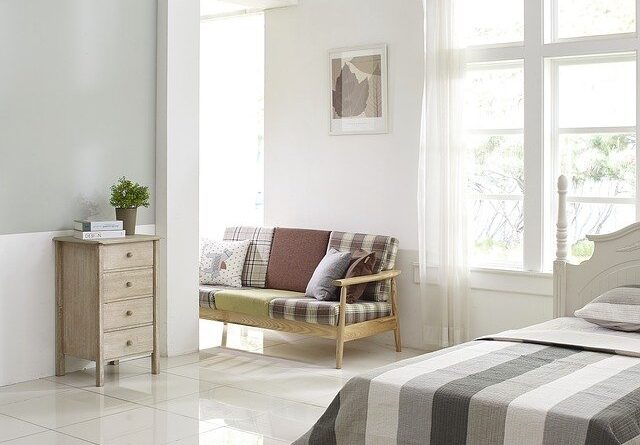Credit Score: There are many numbers that are important in life, from your age to your pin number to your ban balance – but one that is often overlooked until it’s too late is your credit score. We all know we have one, but ending up with bad credit is an all too easy mistake to make which can hugely impact our lives and ability to secure loans and mortgages, as well as credit cards. Luckily however, there are plenty of things you can do to repair your credit score – even when it looks like it’s gone past the point of no return.
What is a credit score?
In basic terms, your credit core is a number which tells a lender or bank how reliable you are with repayments. Having good credit (which is shown through a high credit score) shows a lender that you are reliable and able to pay your debts on time and in full. Having a low credit score tells them that you have a history of late or incomplete debt payments, and this makes them less likely to agree to offer you a loan or mortgage; if they do offer you a loan then it is likely to have very high interest rates. Essentially your credit score tells them how big a risk you are to them if they lend you money.
What damages your credit score?
There are many ways to damage your credit score, and sadly it’s much easier than you might hope. Essentially, a credit score is reduced when you gather debts you are unable to pay off, but there are many different ways that this can happen. The most frequent problems are borrowing more than you can afford to pay off, missing more than one instalment of a regular payment, or living very close to your credit limit – i.e. living off of credit cards, or living at the bottom of your overdraft. Both signify poor money management or financial hardship, which are red flags to lenders looking for assurance that they will be repaid.
You can also damage your credit score by making other mistakes such as frequently opening new bank accounts and repeatedly applying for credit, as each failed application negatively impacts your credit score.
The other tricky thing that can negatively impact your credit score is having no credit history. This can seem unfair, as you may think it would be a good thing to have never lived off a credit card or accrued any debt you must pay off – but in fact, this just means that there is no proof you are able to pay debts reliably and this can negatively impact your number.
Why is good credit important?
Having a good credit score is very important for many reasons. It allows you to be approved for loans including mortgages and business loans, and additionally if you are a renter many landlords look for a good credit score in order to lease their properties to reliable tenants. In addition, you will be able to get access to the best credit cards and interest rates if you have a good credit score.
Improving your credit score
So, if your credit score is looking a little less than healthy, what can you do to reverse the trend, repair your credit, and get things back on track? We’ve put together five tips for you to do just that.
Get a credit card
This may seem counter intuitive, but as mentioned above one of the ways you can damage your credit core is by having no credit history to speak of. You can remedy this by getting a credit card and using it to make small purchases you can easily pay off, meaning you show you can consistently and reliably pay off debt. That said, make sure you know you are eligible before applying for a card as multiple applications can have a negative impact.
Pay off your overdraft
If you are regularly overdrawn or living out of your overdraft, make every effort you can to break this cycle. Go over your budget and ensure you’re using your money wisely; there’s no need to make yourself miserable but cutting back on unnecessary expenditures in order to improve your credit score will be well worth it.Lower your credit utilisation
Lower your credit utilisation
If you are regularly overdrawn or living out of your overdraft, make every effort you can to break this cycle. Go over your budget and ensure you’re using your money wisely; there’s no need to make yourself miserable but cutting back on unnecessary expenditures in order to improve your credit score will be well worth it.Lower your credit utilisation
Although having a credit card is a good thing for your credit score as long as you pay it off consistently, having your credit card hovering close to its credit limit is not a good idea. Make sure to keep any spending below 25% of the credit limit on a given card, as living close to the limit is a red flag for financial hardship for lenders.
Fix errors in your credit report
Access the information on your credit usage over the past 5-10 years and thoroughly check it. Although not frequent, errors are not uncommon and if you can find any to be fixed then this will help you to improve your credit score.
Pay any outstanding debts down
You don’t have to be able to pay your debts off completely in order to improve your credit score – you just have to show that you are able to make consistent contributions towards paying off those debts. You should start by focusing on high interest debts which are growing more quickly, and in this way prevent your debts from getting out of hand at the same time as improving your credit score.
So there we have it. Having a good credit score is very important; whether you’re starting tot hink bout buying your first house in a few years time or you simply want to find a nice place to rent with a good landlord, having a great credit score is a step on that road. It’s very easy to damage your credit score, from overapplying to credit cards and opening lots of accounts to missing payments on bills – but luckily with a bit of intelligent planning and dedication you will be able to improve your credit score and get things back on track.






